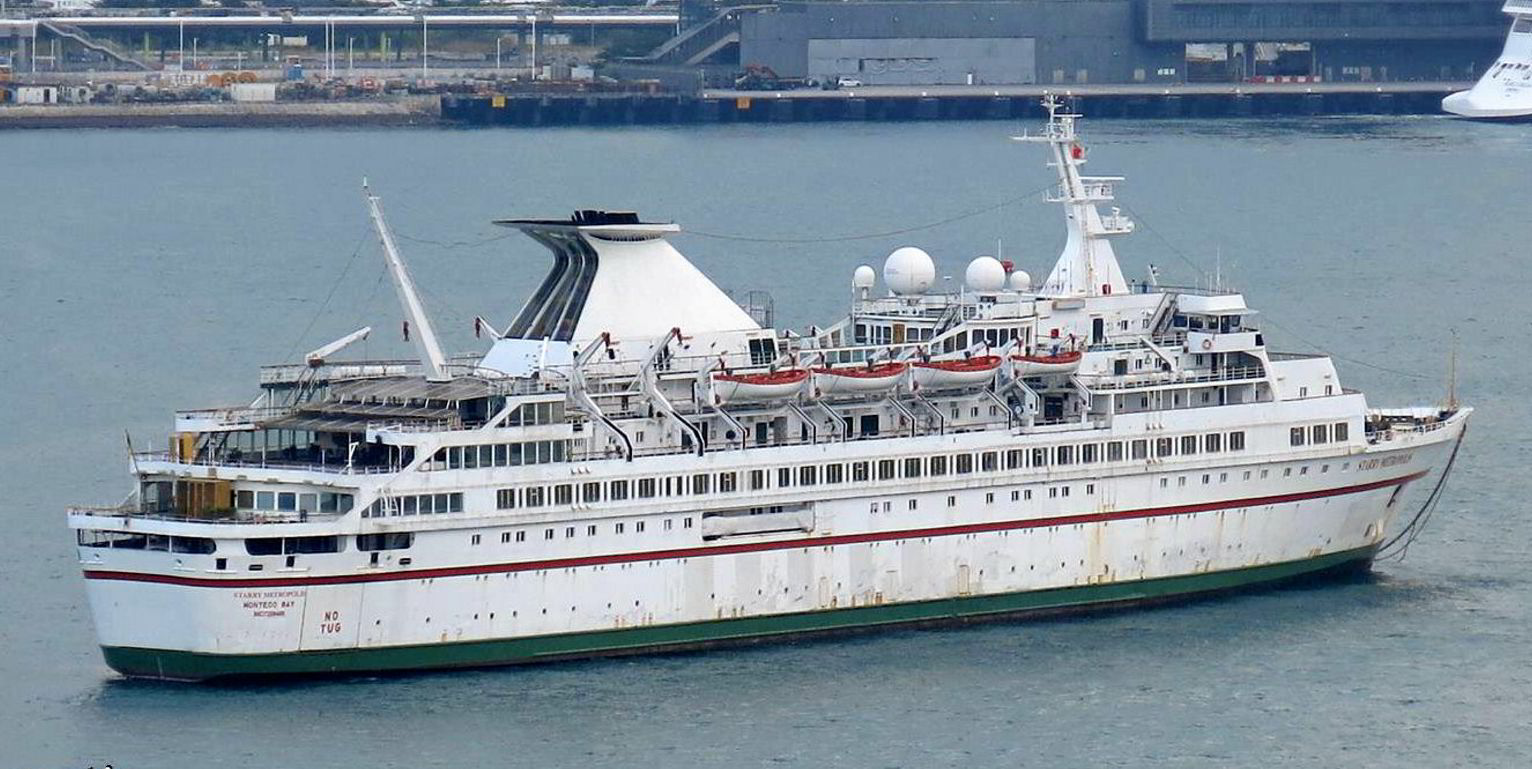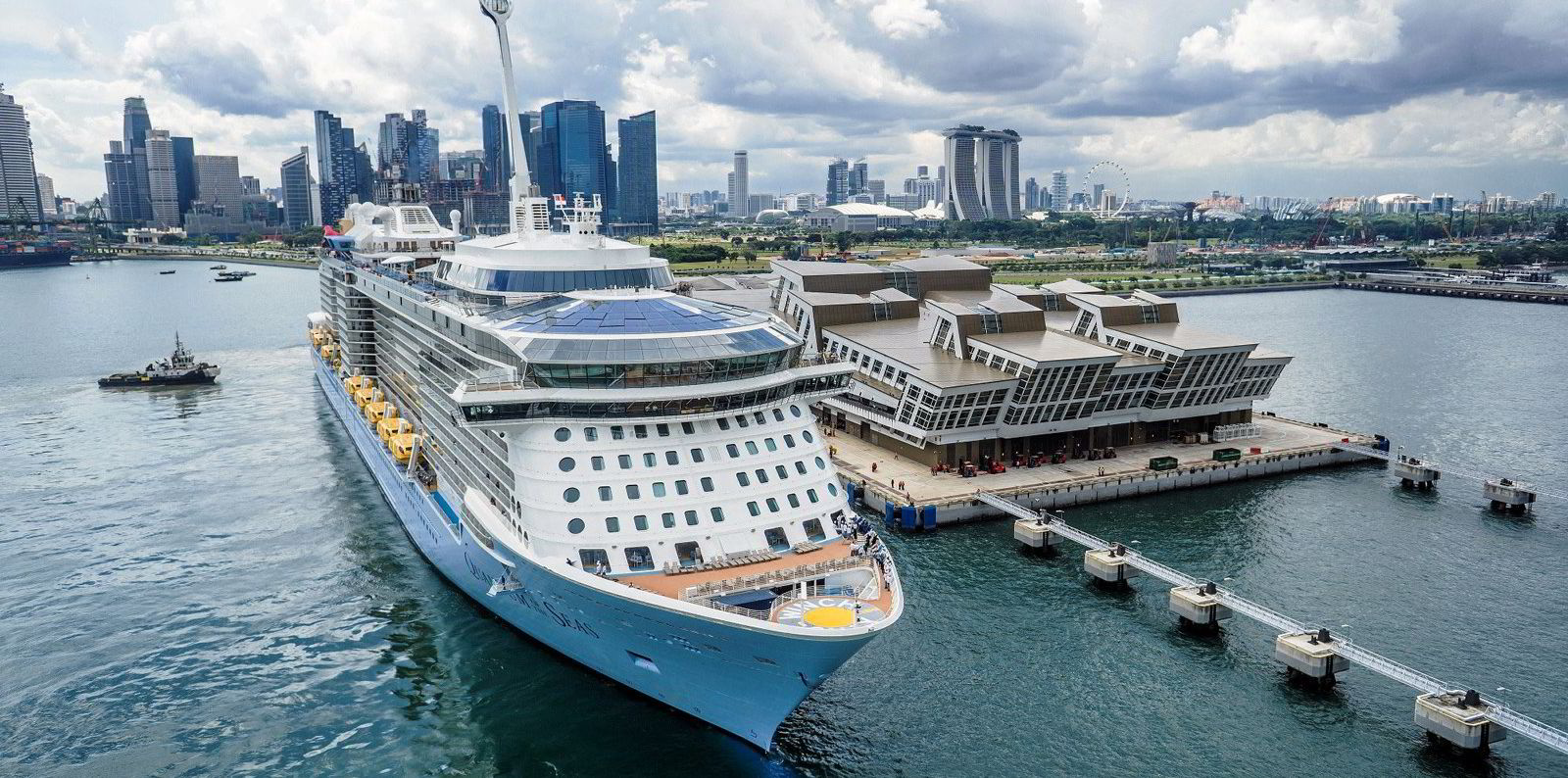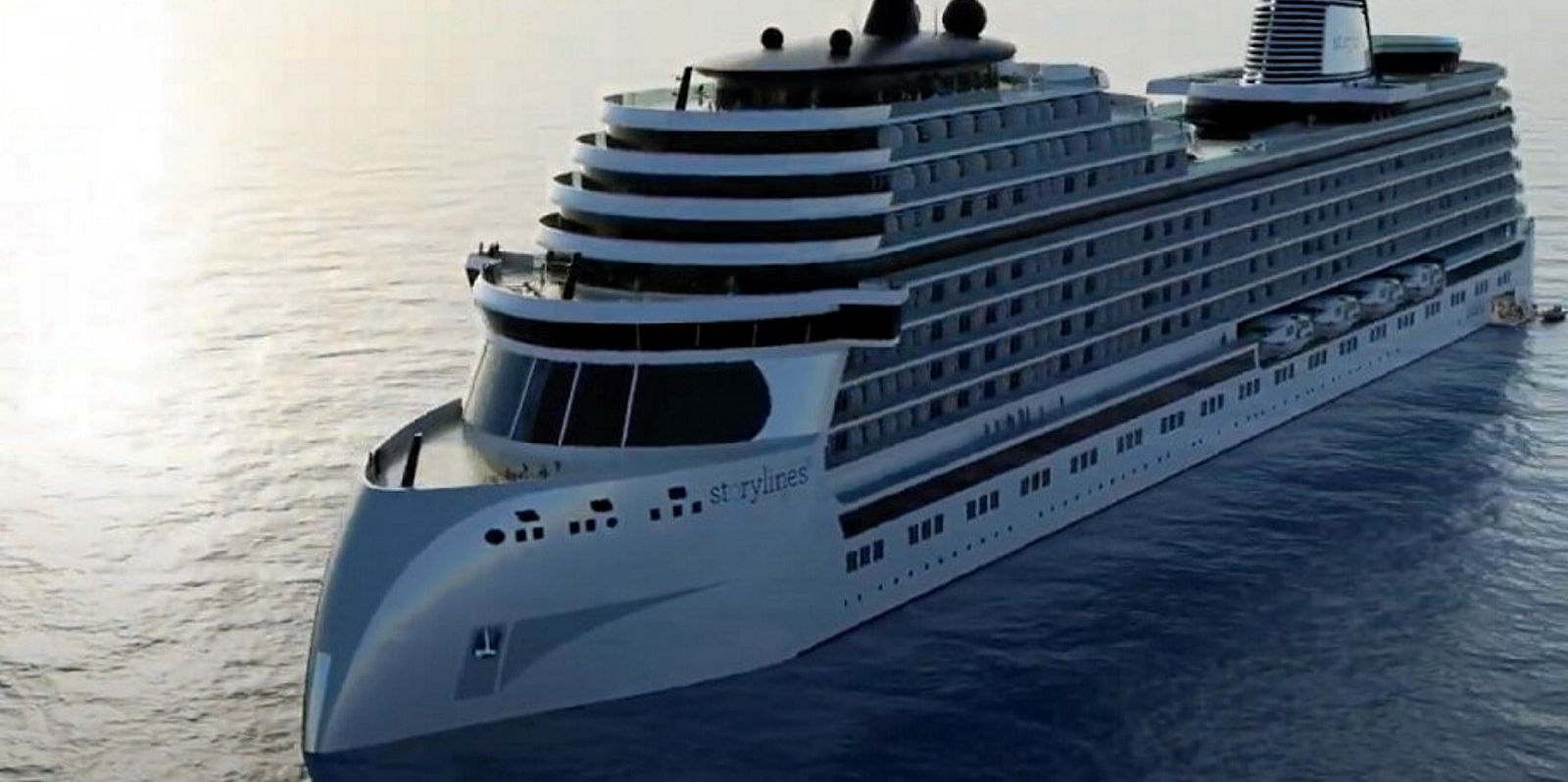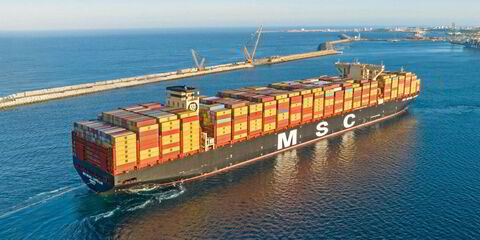There are new signs of life in the cruiseship sector, which is straining every sinew to come up with innovative ways of getting back to sea.
While the bulk of the world fleet remains laid up at anchor and owners run up huge amounts of debt, many are trialling everything they can think of to survive.
“Come on a cruise to nowhere” would not have been the most catchy marketing line in the days before Covid-19. But now Royal Caribbean Group's flagship brand has said it is overwhelmed with demand due to a smart link-up with the Singapore government.
Asian operator Genting Cruise Lines has also been providing “Super Seacation” holidays out of Singapore. Genting has been trying to play a socially responsible role by concentrating its hiring policy on Singaporeans who have lost their service industry jobs in the lockdowns.
More than 120,000 passengers have been on 90 voyages from the Lion City, the Singapore Tourist Board beamed proudly. There have been no cases of Covid resulting from the sailings, which are rigorously policed for safety.
Dubai is about to start something similar, having teamed up with French boutique cruise operator Ponant.
Meanwhile, Carnival Corp’s Cunard brand is offering vaccinated passengers the chance to sail on round-trip services from Southampton in southern England this July.
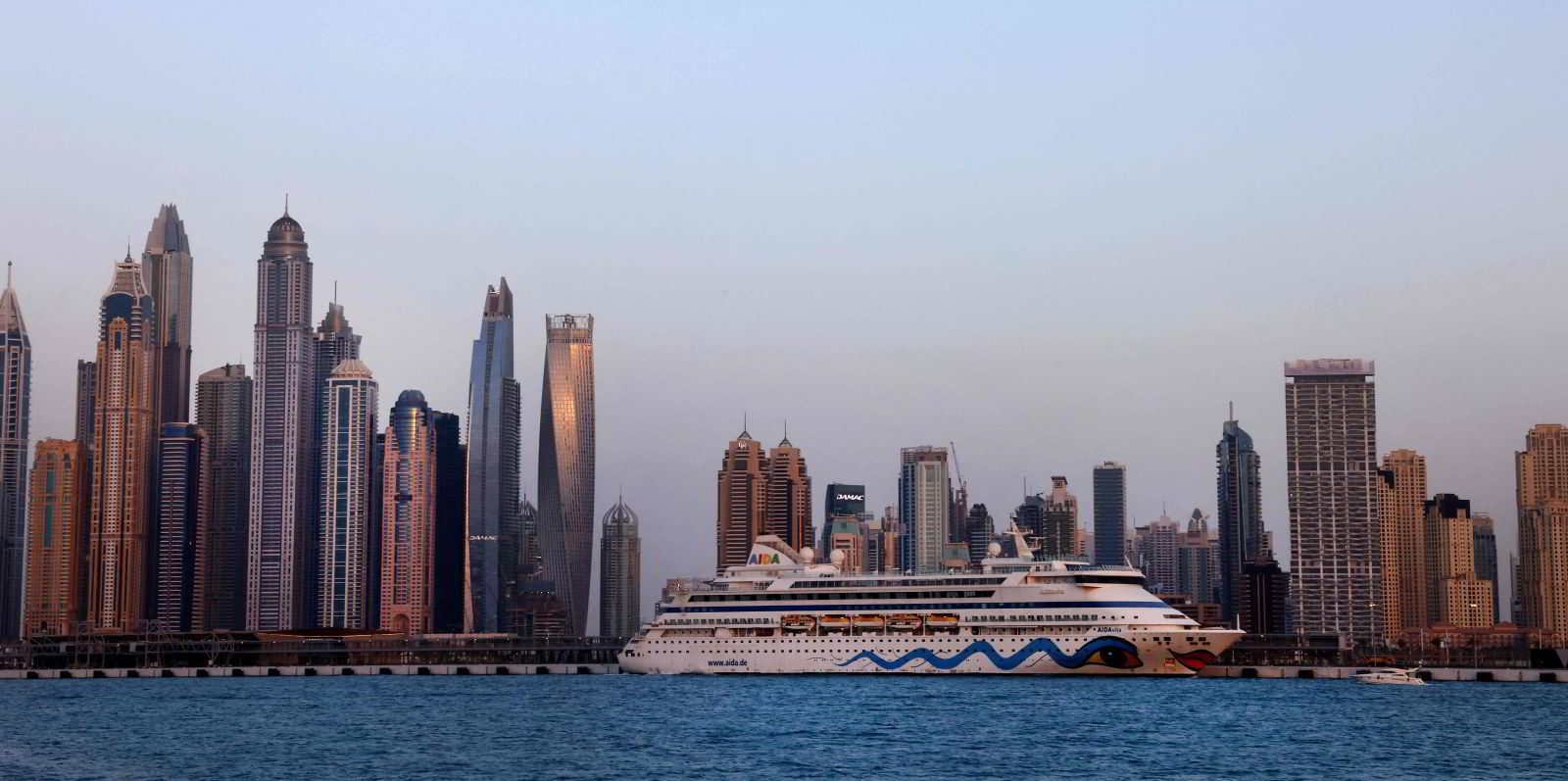
Royal Caribbean is also planning cruises for inoculated customers from Nassau in the Bahamas.
“We are excited to get back to delivering ... vacations in the Caribbean, gradually and safely,” said Michael Bayley, president and chief executive of Royal Caribbean International, which will operate the 137,300-gt Adventure of the Seas (built 2001).
More recently, Norwegian Cruise Line Holdings said it will start sailing in July in the Caribbean and elsewhere, even as US port sailings remain closed to them.
Another sign of confidence returning to the sector arrived last week with the first major cruiseship order in a year.
The wider cruise picture has been one of financial carnage, with more than 20 significant ships scrapped in the past 12 months.
Debt levels have soared. Giant Carnival Corp has led the way with estimated total borrowings of $27bn. The Miami-based group’s long-term debt doubled to $22bn in the past year, while a further $3bn was raised in new equity.
Total debt at Royal Caribbean is said to be just below $20bn, and Norwegian is close to $11bn, according to stock pickers on the Seeking Alpha website.
Those analysts think there are plenty of investment opportunities in cruise shipping, even with the huge uncertainty created by the pandemic. They noted that 60% of bookings taken in the last quarter of the financial year at Carnival were “new” customers, not old ones rescheduling earlier trips.
Analysts noted that 60% of bookings taken in the last quarter of the financial year at Carnival were ‘new’ customers, not old ones rescheduling earlier trips
Certainly the Carnival share price has been fast recovering. It hit rock bottom at $8.50 this time last year but is now at $28, admittedly still a long way from the $50 mark where it began 2020.
And the situation in the world’s biggest cruise market, the US, remains cloudy. The Center for Disease Control, which has responsibility for the health of passengers, has a “no sail” order for the fleet until 1 November.
This ban could be lifted earlier ... but it could be extended too. Much will depend on Covid-19 infection rates.
Many operators have turned to chartering out vessels for landside business, such as Hurtigruten’s tie-up with Hollywood. Tom Cruise hired Hurtigruten ships to act as accommodation while he finished filming Mission Impossible 7 in Hellesylt, south-western Norway.
The cruise industry has had to counter a lot of reputational damage, not least accusations that ships were a “floating Petri dish” of Covid-19 infection.
This came on top of criticisms that their diesel engines were polluting ports in the Mediterranean and that passengers from the new giant cruise ships were swamping cities such as Venice and Dubrovnik.
Despite this, the better-heeled holidaymaker seems to have a strong commitment to vacations at sea.
The industry looks set to bounce back and could yet rebuild the glamour of those wonderful old cruise posters.

